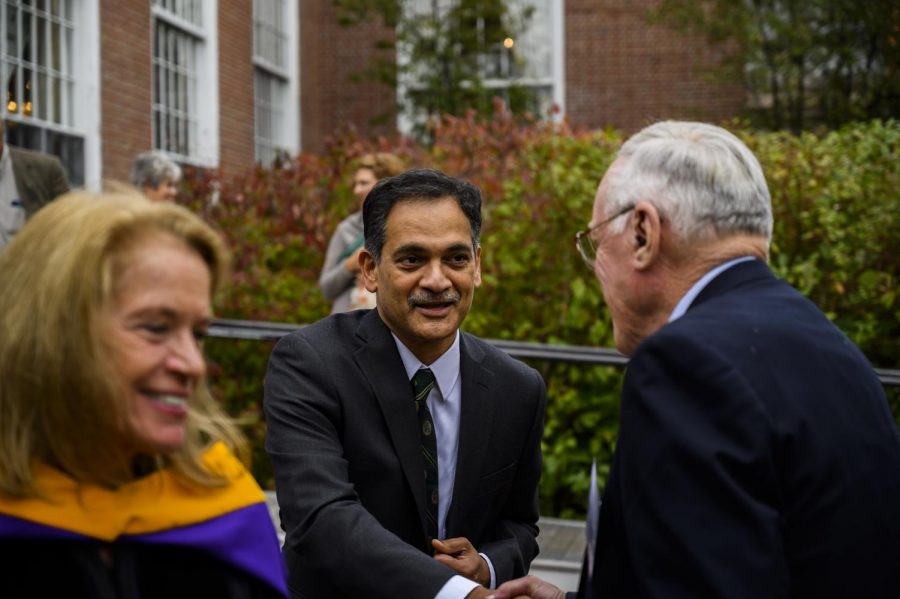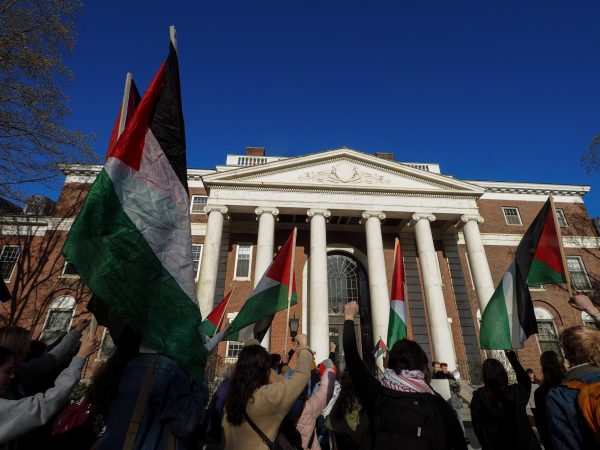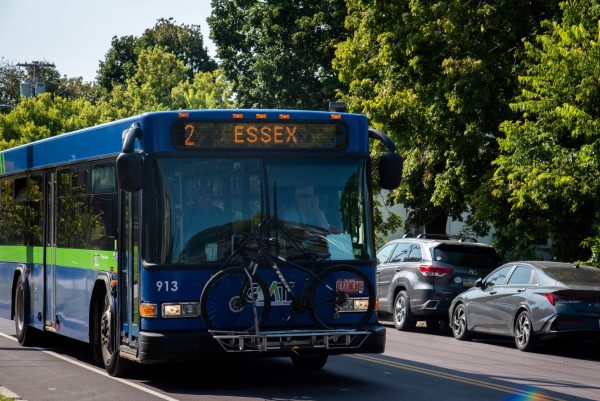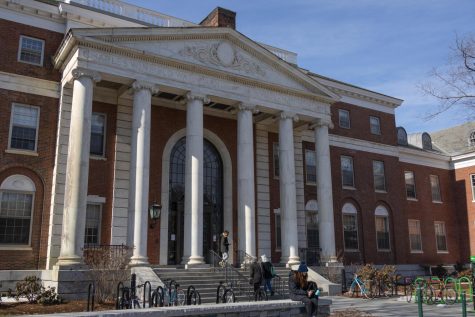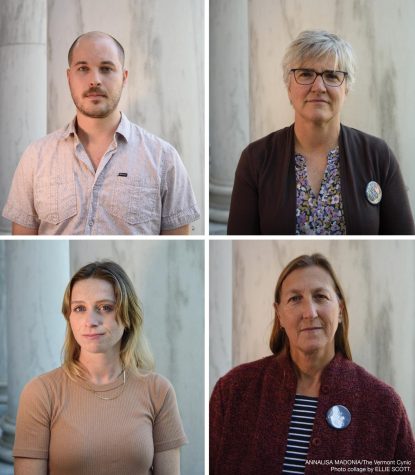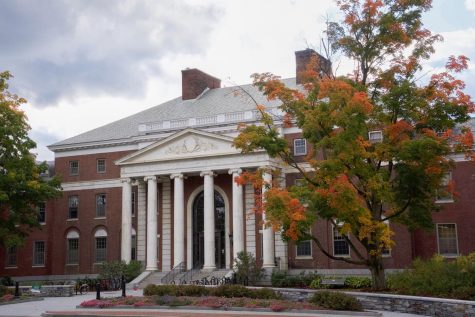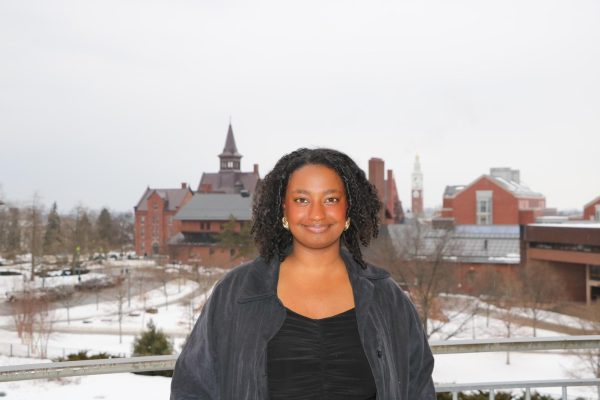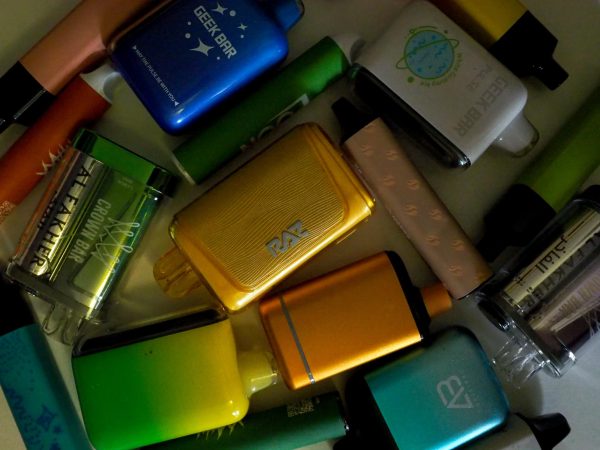UVM asks Vermont for millions in relief due to COVID-19 stresses
UVM President shakes former Vermont Governor Jim Douglas’ hand outside of Ira Allen Chapel following his installation ceremony.
UVM has called on the state of Vermont to give the University $25 million in additional funds to confront “serious challenges” facing the University due to the COVID-19 pandemic.
UVM President Suresh Garimella stated in an April 15 letter to Gov. Phil Scott that the University has faced millions of dollars in unanticipated out-of-pocket expenses and coupled with uncertain revenue forecasts is in need of more cash.
UVM is asking the state to dip into the federal dollars it’s expected to receive from the Coronavirus Aid, Relief, and Economic Security Act, or CARES to ensure the University can weather the nearing financial storm.
“If UVM is to remain a viable and vibrant research university, and the third-largest employer in the state, we have a lot of catching up to do so that we can continue to attract students from Vermont and from across the country and around the globe,” the letter states.
Currently, the Vermont state government gives UVM $42.5 million a year to support the institution.
UVM Letter for Governor Sco… by Sawyer Loftus on Scribd
The current financial situation
Garimella has asked the state to continue to give that $42.5 million along with an additional $25 million, bringing the total of the state’s contributions to the University to $67.5 million.
For the 2020 fiscal year, UVM operated with a $382 million total revenue. The state’s appropriation made up 11%. In turn, the University budgeted to spend about $382 million during the fiscal year, according to UVM’s budget.
As the COVID-19 pandemic intensifies, the University is in the process of dealing out $5.5 million in housing credits to students who were forced to flee their dorms as states and the University’s campus shut down, according to the letter.
Additionally, UVM has incurred over $500,000 in educational costs related to rolling out online learning for its entire student body, the letter states.
The University will also be forced to provide 80 hours of paid sick leave and 10 weeks of paid family medical leave due to the federal government’s Family First Coronavirus Response Act, adding more of a financial burden on the University, according to the letter.
In the letter, Garimella states UVM needs to immediately and substantially invest in online learning which comes at an added cost.
Garimella states the University is also keen on not raising tuition for the coming academic year as planned, since the announcement of his plan to freeze tuition in November 2019.
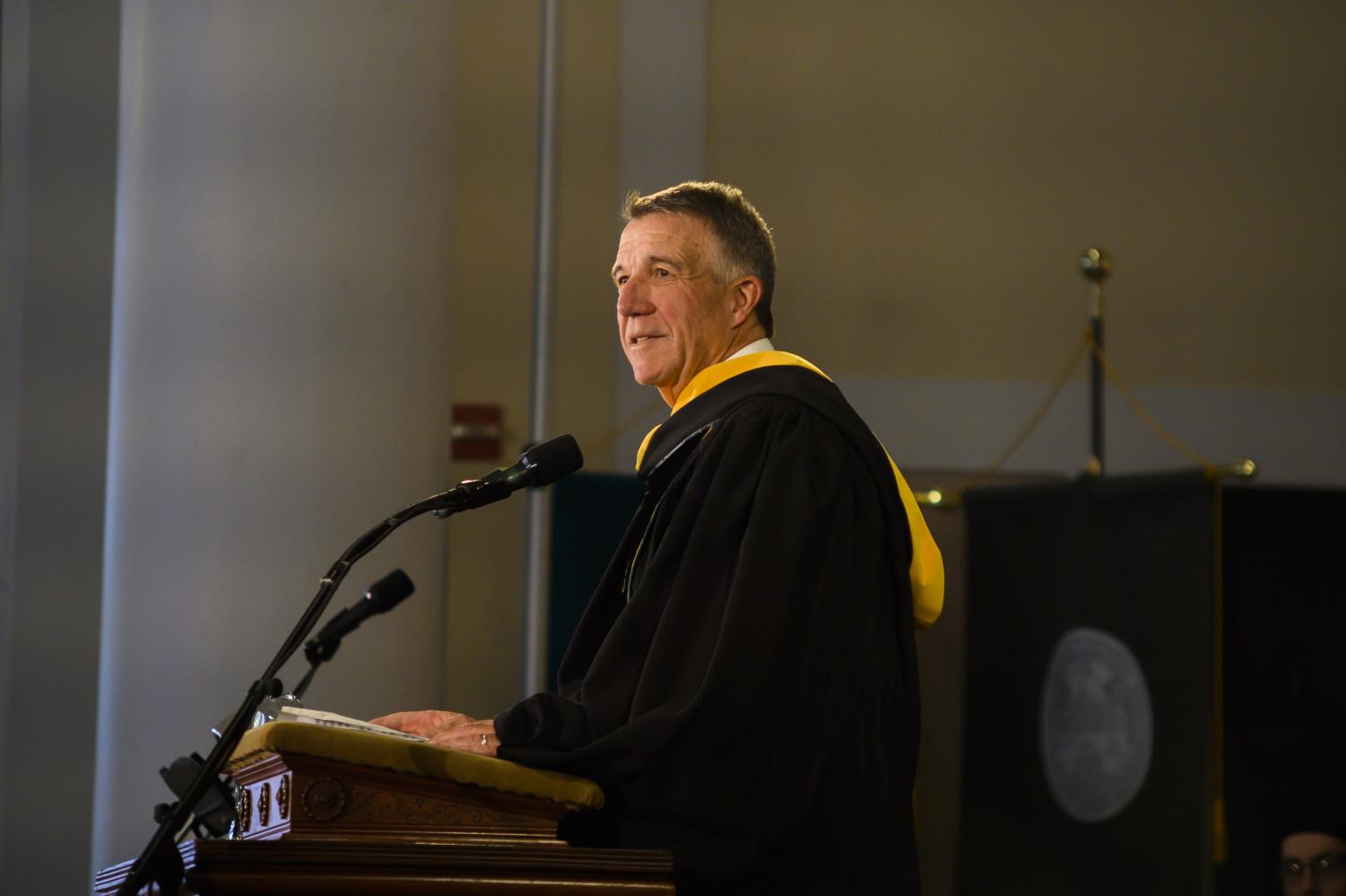
Governor Phil Scott speaks at the installation of UVM President Suresh Garimella.
However, the largest source of revenue for the University is tuition, which accounts for 74% of the total revenue, according to the budget.
What is the University asking for?
In addition to Vermont’s recurring $42.5 million to UVM, Garimella is asking for $2 million each fiscal year for a new UVM Office of Engagement, which will be used as a consulting service for the State of Vermont to help business in the state, according to the letter.
The rest of the $25 million is requested as one-time support, including:
- $4 million to assist in funding paid sick and family leave required by the Families First Coronavirus Response Act
- $500,000 to reimburse technology costs due to COVID-19
- $5.5 million to reimburse the expense of providing housing credits to students
- $5 million to assist UVM to “prepare to survive and thrive” in a changing educational environment
- $8 million to provide more financial aid to students following the economic crisis created by COVID-19
Without the additional funds, according to UVM, the University will have to look at other cost-saving options like layoffs and redirecting funds from educational needs, the letter states.
State response
Tim Ashe, the president pro tempore of the Vermont Senate, said UVM has already felt the impact from COVID-19 and that it is not alone. Other colleges and universities are hit with uncertain financial futures.
“They’re [UVM] not alone, but that doesn’t make it go away,” Ashe said. “Just because misery has company, doesn’t make it any less miserable.”
Ashe said the conversation around what the federal government will give higher education institutions like Vermont has been limited but says they need to do more.
“They’ve been fairly limited in what they’ve directed to institutions, and it’s not enough,” he said. “The very best thing that could happen is the federal government providing a substantial amount of money to make higher ed institutions like UVM whole.”
An additional challenge facing the University, Ashe said, is the fact prospective students can’t come to visit their potential school due to stay-at-home orders throughout the country.
“One of the challenges for UVM and every other college is just when you hope some potential students would be visiting to determine if they want to attend they’ve had to cancel most, if not all, of the recruiting and orientation sessions,” Ashe said. “So in terms of enrollment for incoming students next year, no one has any idea what it’s gonna look like.”
Because UVM relies so heavily on tuition and so much uncertainty exists around what exactly the next incoming class of UVM first-years will look like, the University is in a precarious position, he said.
Ashe did offer a glimmer of hope, saying the state and UVM will have to work together as the two go hand in hand.
“The health and vitality of not just Burlington, but the whole state is really dependent on a strong, healthy UVM,” he said. “So we’re gonna all partner together to make sure we get to the other side of this.”
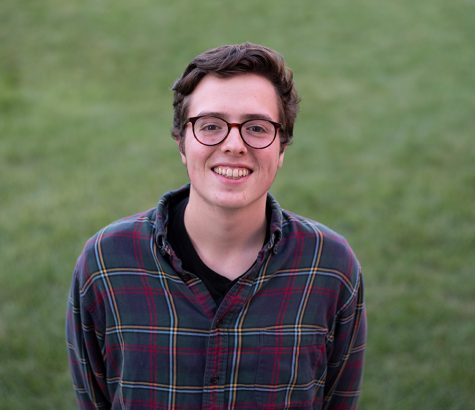
Sawyer Loftus is the News Editor for the Vermont Cynic. He is a junior History major with a passion for News. This past summer he was an intern in the...


